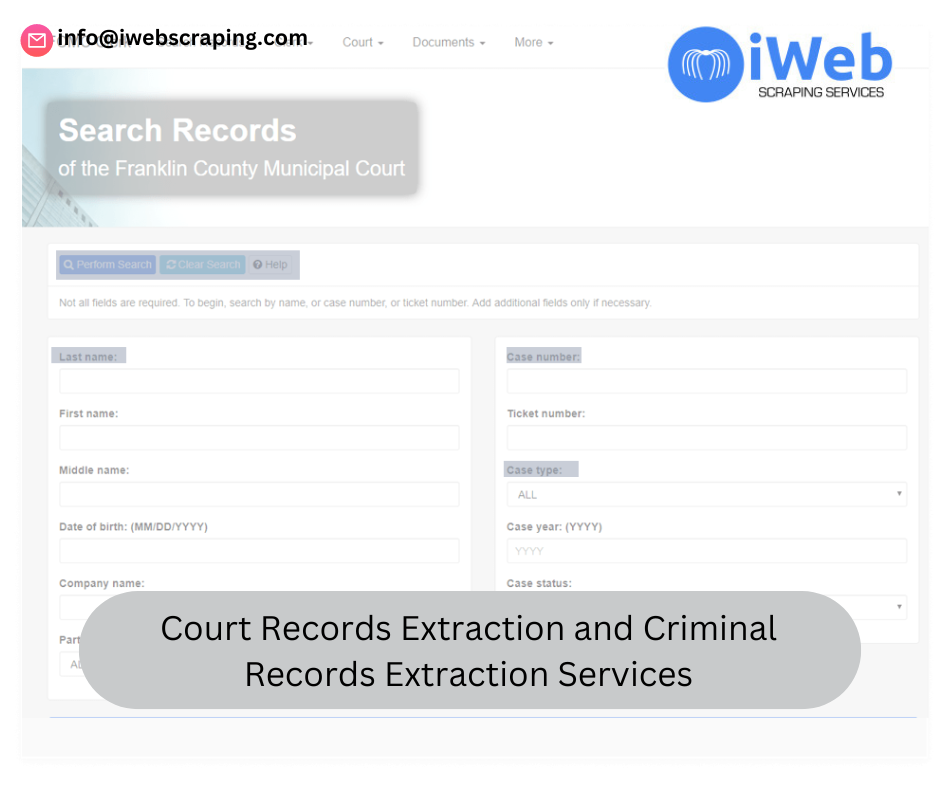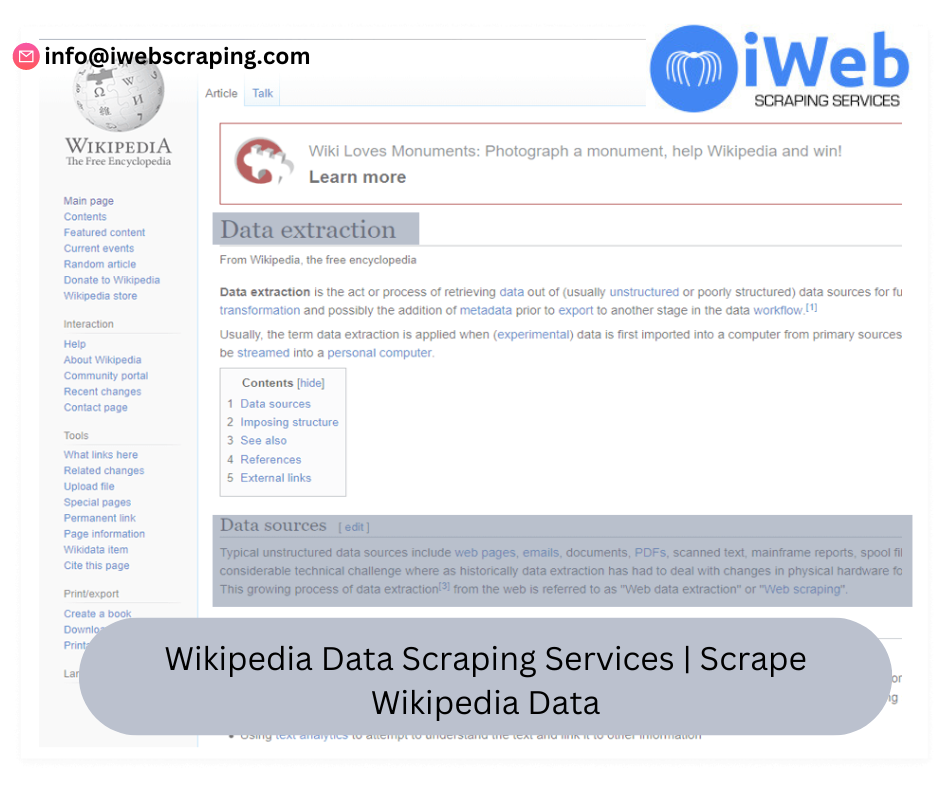
In the digital age, data is a valuable resource that drives decisions in various sectors, from government and healthcare to marketing and research. One of the most crucial categories of data pertains to vital statistics: birth, death, and marriage records. These records are foundational to demographic studies, public health planning, genealogical research, and many other fields. With the advent of advanced technology, scraping or extracting this data has become more efficient, offering a plethora of benefits. This blog explores the importance and methodologies of birth, death, and marriage data scrape or extraction services.
The Importance of Vital Statistics Data
Vital statistics such as birth, death, and marriage records are essential for numerous reasons:
Public Health and Policy Planning: Birth and death records help public health officials monitor population growth, mortality rates, and causes of death. This information is vital for creating effective health policies and allocating resources efficiently.
Genealogical Research: For individuals tracing their ancestry, access to marriage, birth, and death records is indispensable. These records provide insights into family histories and connections.
Legal and Administrative Purposes: Birth and marriage certificates are often required for legal identification, while death certificates are necessary for settling estates and other legal matters.
Academic and Market Research: Researchers and businesses utilize these records to study demographic trends, consumer behavior, and social changes.
Challenges in Accessing Vital Records
Despite their importance, accessing vital records is often fraught with challenges:
Data Fragmentation: Records are typically stored in different formats and locations, such as local government offices, hospitals, and churches.
Privacy Concerns: Due to the sensitive nature of this data, there are strict privacy laws governing access and use.
Manual Processes: Traditional methods of accessing these records involve manual searches and requests, which can be time-consuming and error-prone.
The Role of Data Scraping and Extraction Services
Data scraping and extraction services have emerged as powerful solutions to overcome these challenges. These services use advanced technology to automate the collection, extraction, and processing of vital records from various sources.
Key Features of Data Scraping and Extraction Services
Automation: By automating the extraction process, these services save time and reduce errors associated with manual data collection.
Scalability: These services can handle large volumes of data, making it easier to compile comprehensive databases.
Data Normalization: Scraping tools can standardize data from different sources, ensuring consistency and accuracy.
Security and Compliance: Reputable services adhere to strict data privacy laws and implement robust security measures to protect sensitive information.
Methodologies of Data Scraping and Extraction
Web Scraping: This technique involves using software tools to crawl websites and extract relevant data. For instance, a web scraper can extract birth, death, and marriage records from online government databases and public archives.
OCR (Optical Character Recognition): OCR technology is used to convert different types of documents, such as scanned paper documents or PDFs, into editable and searchable data. This is particularly useful for digitizing old records that exist only in paper form.
API Integration: Many institutions offer APIs (Application Programming Interfaces) that allow direct access to their databases. Data extraction services can integrate with these APIs to retrieve records seamlessly.
Data Mining: This process involves analyzing large datasets to identify patterns and extract useful information. Data mining techniques can be applied to aggregate and analyze birth, death, and marriage data for research purposes.
Applications of Extracted Data
Demographic Analysis: Extracted data can be used to study population trends, fertility rates, and mortality rates. This information is crucial for urban planning, healthcare provision, and economic development.
Genealogical Databases: Companies specializing in ancestry research use extracted data to build extensive genealogical databases, helping individuals discover their family histories.
Health Research: Researchers use birth and death records to study the impact of various factors on public health, such as disease outbreaks, environmental changes, and healthcare interventions.
Legal and Administrative Services: Law firms and government agencies use extracted data to verify identities, process claims, and manage legal documents.
Ethical Considerations
While data scraping and extraction services offer numerous benefits, they also raise ethical concerns. It's crucial to ensure that these services comply with legal regulations and respect individuals' privacy. Transparency in data usage and obtaining necessary consents are essential to maintain trust and integrity.
Conclusion
Birth, death, and marriage data scraping and extraction services have revolutionized the way we access and utilize vital records. By automating and streamlining the data collection process, these services provide valuable insights for public health, genealogy, research, and legal purposes. As technology continues to advance, the potential for these services to contribute to our understanding of population dynamics and historical trends will only grow. However, it is imperative to balance the benefits with ethical considerations to protect privacy and maintain trust.

















.png)
.png)
.jpg)
Write a comment ...